Module 13: General Administration of Wastewater Treatment Plants
Module 13 General Administration of Wastewater Treatment plants
Source : https://www.dep.pa.gov/Pages/default.aspx
Usually dispatched in 2 to 3 days
Usually dispatched in 2 to 3 days
Category:
Wastewater Treatment
.List the types of data collected at a plant.
.Analyze typical plant data.
.Describe methods for presenting plant data.
.Explain the frequency and types of reports utilized at a plant.
Only logged in customers who have purchased this product may leave a review.
Related products
Advanced Treatment Technologies For Recycle/Reuse Of Domestic Wastewater
Conventional wastewater treatment technologies improve the quality of wastewater discharged into the environment and restrain polluted waters from contaminating other available clean water resources. However, these treatment technologies do not make wastewater fit for further beneficial uses in communities closer to the points of generation. Innovative and advanced technologies that can further improve the quality of wastewater are needed to overcome this limitation of conventional technologies, and to promote widespread adoption of recycle and reuse practices. Advanced treatment processes can be biological processes, physicochemical processes, or a combination of both (hybrid processes). Biological processes to remove nutrient pollutants such as nitrogen and phosphorus, provide the platform for further wastewater treatment to reusable quality. Physicochemical processes such as deep-bed filtration, floating media filtration, and membrane filtration, play a major role among treatment technologies for water reuse. Membrane filtration has significant advantages over other processes since they produce high quality effluent that requires little or no disinfection with minimum sludge generation. The hybrid processes attempt to obtain the benefits of both biological and physicochemical processes in one step.
Advanced Treatment Technologies For Recycle/Reuse Of Domestic Wastewater
Conventional wastewater treatment technologies improve the quality of wastewater discharged into the environment and restrain polluted waters from contaminating other available clean water resources. However, these treatment technologies do not make wastewater fit for further beneficial uses in communities closer to the points of generation. Innovative and advanced technologies that can further improve the quality of wastewater are needed to overcome this limitation of conventional technologies, and to promote widespread adoption of recycle and reuse practices. Advanced treatment processes can be biological processes, physicochemical processes, or a combination of both (hybrid processes). Biological processes to remove nutrient pollutants such as nitrogen and phosphorus, provide the platform for further wastewater treatment to reusable quality. Physicochemical processes such as deep-bed filtration, floating media filtration, and membrane filtration, play a major role among treatment technologies for water reuse. Membrane filtration has significant advantages over other processes since they produce high quality effluent that requires little or no disinfection with minimum sludge generation. The hybrid processes attempt to obtain the benefits of both biological and physicochemical processes in one step.
Module 16 : Activated Sludge Process- Part 2
•List the key monitoring points within the activated sludge process and explain what to look for at those points.
•List five key process control parameters and for each parameter, explain what it is, why it is used and how it is calculated
•List the daily process control tasks that need to be accomplished and explain how to perform them.
Module 16 : Activated Sludge Process- Part 2
•List the key monitoring points within the activated sludge process and explain what to look for at those points.
•List five key process control parameters and for each parameter, explain what it is, why it is used and how it is calculated
•List the daily process control tasks that need to be accomplished and explain how to perform them.
A Review of Electrocoagulation Process for Wastewater Treatment
The control of environmental pollution and also the treatment of polluted water are of great concern. Within the past decade, electrochemical coagulation process has emerged as most effective wastewater treatment process as compared to conventional techniques of treating wastewater. Electrocoagulation is robust, cost effective, reliable, low sludge generating process, it has automation amenability and it has high pollutant removal efficiency. The aim of the review is to explain the basics and up to date advancement of electrocoagulation method for the improvements in the pollutant removal efficiency.
A Review of Electrocoagulation Process for Wastewater Treatment
The control of environmental pollution and also the treatment of polluted water are of great concern. Within the past decade, electrochemical coagulation process has emerged as most effective wastewater treatment process as compared to conventional techniques of treating wastewater. Electrocoagulation is robust, cost effective, reliable, low sludge generating process, it has automation amenability and it has high pollutant removal efficiency. The aim of the review is to explain the basics and up to date advancement of electrocoagulation method for the improvements in the pollutant removal efficiency.
Agricultural Wastewater Treatment
In many semiarid and arid countries, water is now becoming an increasingly limited resource and managers are forced to take into account sources of water that may be used economically and efficiently to encourage further development. Simultaneously, with the population increasing at a high rate, the requirement for increased production of food is apparent. The prospective for irrigation to increase both the agricultural productivity and living standards of the poor has long been acknowledged. Irrigated agriculture occupies nearly 17% of the total arable land in the world but the yield from this land includes about 34% of the world total. This perspective is even more distinct in arid areas like the Near East Region, where only 30% of the cultivated land is irrigated but it yields around 75% of total agricultural production. In the same area, more than 50% of the food necessities are imported and the increased rate in demand for the food surpasses the rate of an upsurge in agricultural production (Tunney et al., 2000).
Agricultural Wastewater Treatment
In many semiarid and arid countries, water is now becoming an increasingly limited resource and managers are forced to take into account sources of water that may be used economically and efficiently to encourage further development. Simultaneously, with the population increasing at a high rate, the requirement for increased production of food is apparent. The prospective for irrigation to increase both the agricultural productivity and living standards of the poor has long been acknowledged. Irrigated agriculture occupies nearly 17% of the total arable land in the world but the yield from this land includes about 34% of the world total. This perspective is even more distinct in arid areas like the Near East Region, where only 30% of the cultivated land is irrigated but it yields around 75% of total agricultural production. In the same area, more than 50% of the food necessities are imported and the increased rate in demand for the food surpasses the rate of an upsurge in agricultural production (Tunney et al., 2000).
Chemical Cleaning Of Ultrafiltration Membrane After Treatment Of Oily Wastewater
Abstract:
Oily wastewaters and Oil–in-water emulsions are two of the major pollutants of the environment. Ultrafiltration (UF) membranes play an important role in the treatment and reuse of oily wastewaters. Fouling of UF membranes is typically caused by inorganic and organic materials present in wastewaters that adhere to the surface and pores of the membrane and result in the deterioration of performance with a consequent increase in energy costs and membrane replacement. In the experiments, polyacrylonitrile (PAN) and outlet wastewater of the API (American Petroleum Institute) separator unit of Tehran refinery as membrane and feed were used, respectively. Fouling and cleaning experiments were performed with oily wastewater and selected cleaning agents using a laboratory scale cross flow test unit. The results showed that metal chelating agent (ethylene diamine tetra acetic acid disodium salt-2-hydrate (EDTA)) and an anionic surfactant (sodium dodecyl sulfate (SDS)) were able to Clean the fouled UF membrane effectively by optimizing chemical (pH) and physical
(cleaning time, cross flow velocity (CFV) and temperature) conditions during cleaning. Flux recovery and resistance removal were found to improve with increasing CFV, temperature, pH, cleaning time and concentration of the cleaning chemicals. In this paper, the cleaning mechanism is also investigated.
Chemical Cleaning Of Ultrafiltration Membrane After Treatment Of Oily Wastewater
Abstract:
Oily wastewaters and Oil–in-water emulsions are two of the major pollutants of the environment. Ultrafiltration (UF) membranes play an important role in the treatment and reuse of oily wastewaters. Fouling of UF membranes is typically caused by inorganic and organic materials present in wastewaters that adhere to the surface and pores of the membrane and result in the deterioration of performance with a consequent increase in energy costs and membrane replacement. In the experiments, polyacrylonitrile (PAN) and outlet wastewater of the API (American Petroleum Institute) separator unit of Tehran refinery as membrane and feed were used, respectively. Fouling and cleaning experiments were performed with oily wastewater and selected cleaning agents using a laboratory scale cross flow test unit. The results showed that metal chelating agent (ethylene diamine tetra acetic acid disodium salt-2-hydrate (EDTA)) and an anionic surfactant (sodium dodecyl sulfate (SDS)) were able to Clean the fouled UF membrane effectively by optimizing chemical (pH) and physical
(cleaning time, cross flow velocity (CFV) and temperature) conditions during cleaning. Flux recovery and resistance removal were found to improve with increasing CFV, temperature, pH, cleaning time and concentration of the cleaning chemicals. In this paper, the cleaning mechanism is also investigated.
Advanced Wastewater Treatment Technologies
Wastewater, also written as waste water, is any water that has been adversely affected in quality by anthropogenic influence. Wastewater can originate from a combination of domestic, industrial, commercial or agricultural activities, surface runoff or storm water, and from sewer inflow or infiltration. Municipal wastewater (also called sewage) is usually conveyed in a combined sewer or sanitary sewer, and treated at a wastewater treatment plant. Treated wastewater is discharged into receiving water via an effluent pipe. Wastewaters generated in areas without access to centralized sewer systems rely on on-site wastewater systems. These typically comprise a septic tank, drain field, and optionally an on-site treatment unit. The management of wastewater belongs to the overarching term sanitation, just like the management of human excreta, solid waste and storm water (drainage). Industrial wastewater is defined as any wastewater generated from any manufacturing,
processing, institutional, commercial, or agricultural operation, or any operation that discharges other
than domestic or sanitary wastewater.
Advanced Wastewater Treatment Technologies
Wastewater, also written as waste water, is any water that has been adversely affected in quality by anthropogenic influence. Wastewater can originate from a combination of domestic, industrial, commercial or agricultural activities, surface runoff or storm water, and from sewer inflow or infiltration. Municipal wastewater (also called sewage) is usually conveyed in a combined sewer or sanitary sewer, and treated at a wastewater treatment plant. Treated wastewater is discharged into receiving water via an effluent pipe. Wastewaters generated in areas without access to centralized sewer systems rely on on-site wastewater systems. These typically comprise a septic tank, drain field, and optionally an on-site treatment unit. The management of wastewater belongs to the overarching term sanitation, just like the management of human excreta, solid waste and storm water (drainage). Industrial wastewater is defined as any wastewater generated from any manufacturing,
processing, institutional, commercial, or agricultural operation, or any operation that discharges other
than domestic or sanitary wastewater.
A Simple Guide To The Chemistry, Selection And Use Of Chemicals For Water And Wastewater Treatment
Introduction
Every year in South Africa an estimated R500m is spent on chemicals used in the treatment of drinking and waste water. Most of this money is allocated on the basis of tenders issued and contracts awarded. The evaluation of tenders is generally undertaken by a team of people from various disciplines within the awarding organization and the decisions they make can have a significant effect on the quality of water or waste that is produced and also on the finances of the organization for which they work. It is obvious therefore that these decisions – which chemicals to use, how much to use, how much should be paid, who is the most professional supplier – are important ones and ones that should be taken whilst in possession of the most factual and impartial information. This guide aims to provide those decision-makers, and other users of water treatment chemicals, with specific and useful information about water treatment chemicals. It is a chemistry text book aimed specifically at those people who have to make informed decisions but who have not had a formal education in chemistry or whose chemistry education has not been specific in detail relevant to water treatment chemicals. It does not, however, aim to be a comprehensive chemistry textbook and chemicals not used in water treatment are not discussed; nor are properties that are irrelevant to the water treatment application of the chemical. The guide is designed to serve as a reference book with each chapter being self contained and specific. It will be easily understood by those readers that do not have a formal chemistry education and hopefully will provide some useful additional insight and information to those that The guide is divided into ten chapters and includes an appendix at the end that contains various useful equations. The contents of each chapter are listed below.
A Simple Guide To The Chemistry, Selection And Use Of Chemicals For Water And Wastewater Treatment
Introduction
Every year in South Africa an estimated R500m is spent on chemicals used in the treatment of drinking and waste water. Most of this money is allocated on the basis of tenders issued and contracts awarded. The evaluation of tenders is generally undertaken by a team of people from various disciplines within the awarding organization and the decisions they make can have a significant effect on the quality of water or waste that is produced and also on the finances of the organization for which they work. It is obvious therefore that these decisions – which chemicals to use, how much to use, how much should be paid, who is the most professional supplier – are important ones and ones that should be taken whilst in possession of the most factual and impartial information. This guide aims to provide those decision-makers, and other users of water treatment chemicals, with specific and useful information about water treatment chemicals. It is a chemistry text book aimed specifically at those people who have to make informed decisions but who have not had a formal education in chemistry or whose chemistry education has not been specific in detail relevant to water treatment chemicals. It does not, however, aim to be a comprehensive chemistry textbook and chemicals not used in water treatment are not discussed; nor are properties that are irrelevant to the water treatment application of the chemical. The guide is designed to serve as a reference book with each chapter being self contained and specific. It will be easily understood by those readers that do not have a formal chemistry education and hopefully will provide some useful additional insight and information to those that The guide is divided into ten chapters and includes an appendix at the end that contains various useful equations. The contents of each chapter are listed below.
A Ground-Breaking Innovation In Wastewater Treatment
The fashion industry contributes 20% of industrial water pollution With a high water footprint, massive chemical use and atmospheric, water and greenhouse gas (GHG) emissions, dyehouse operations are the most environmentally damaging component of the apparel supply chain2.Global brands are responding by requiring manufacturers to treat wastewater and reduce effluent. Paradoxically, conventional water treatment systems generate toxic sludge, trading water pollution for solid, chemical discharge that is landfilled and emits GHG – mostly methane.
A Ground-Breaking Innovation In Wastewater Treatment
The fashion industry contributes 20% of industrial water pollution With a high water footprint, massive chemical use and atmospheric, water and greenhouse gas (GHG) emissions, dyehouse operations are the most environmentally damaging component of the apparel supply chain2.Global brands are responding by requiring manufacturers to treat wastewater and reduce effluent. Paradoxically, conventional water treatment systems generate toxic sludge, trading water pollution for solid, chemical discharge that is landfilled and emits GHG – mostly methane.


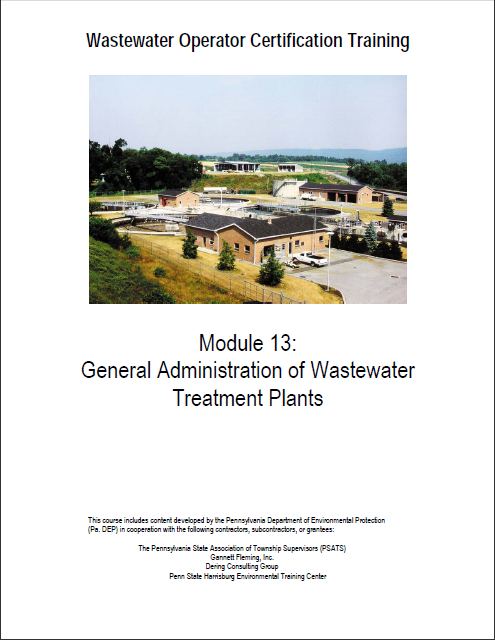
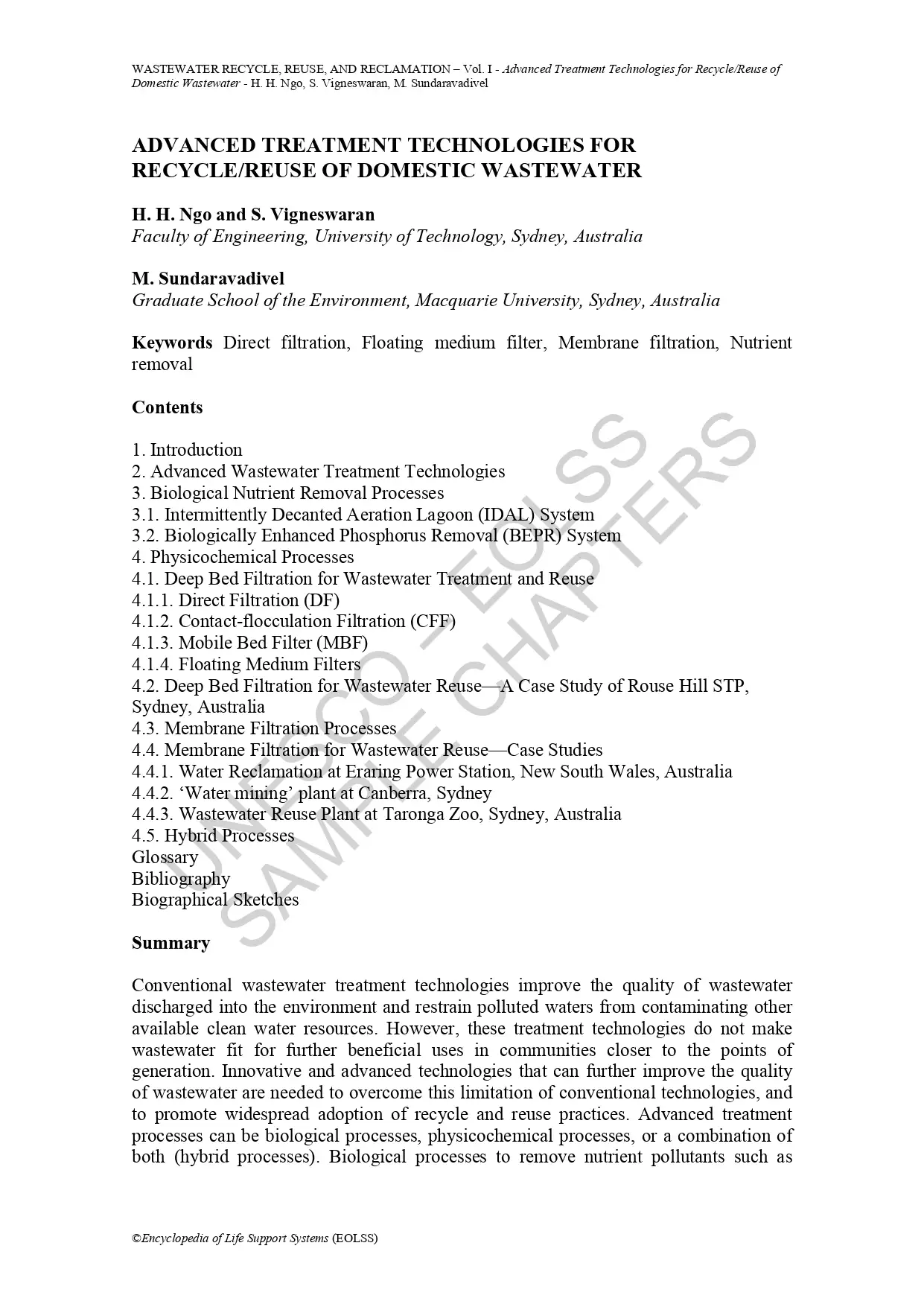


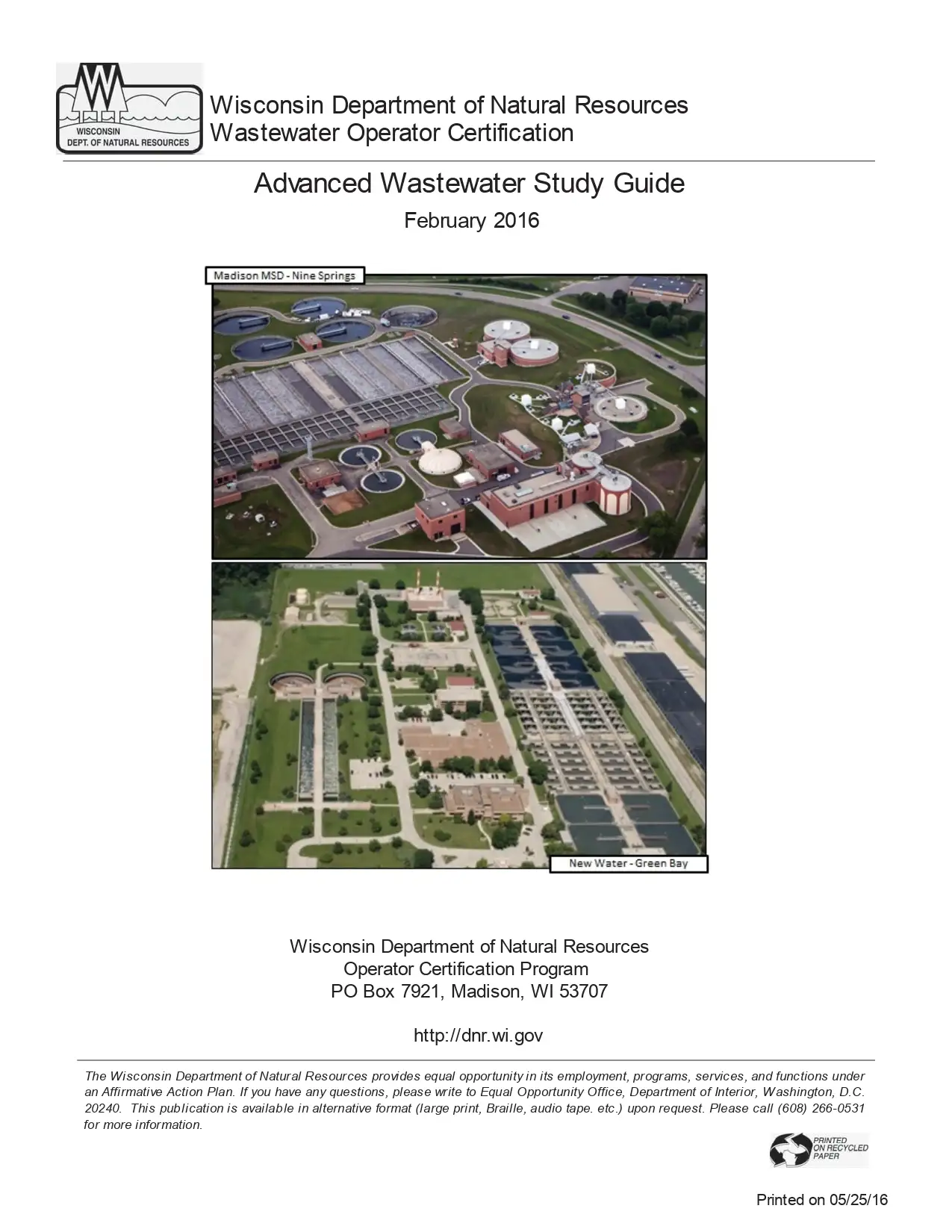
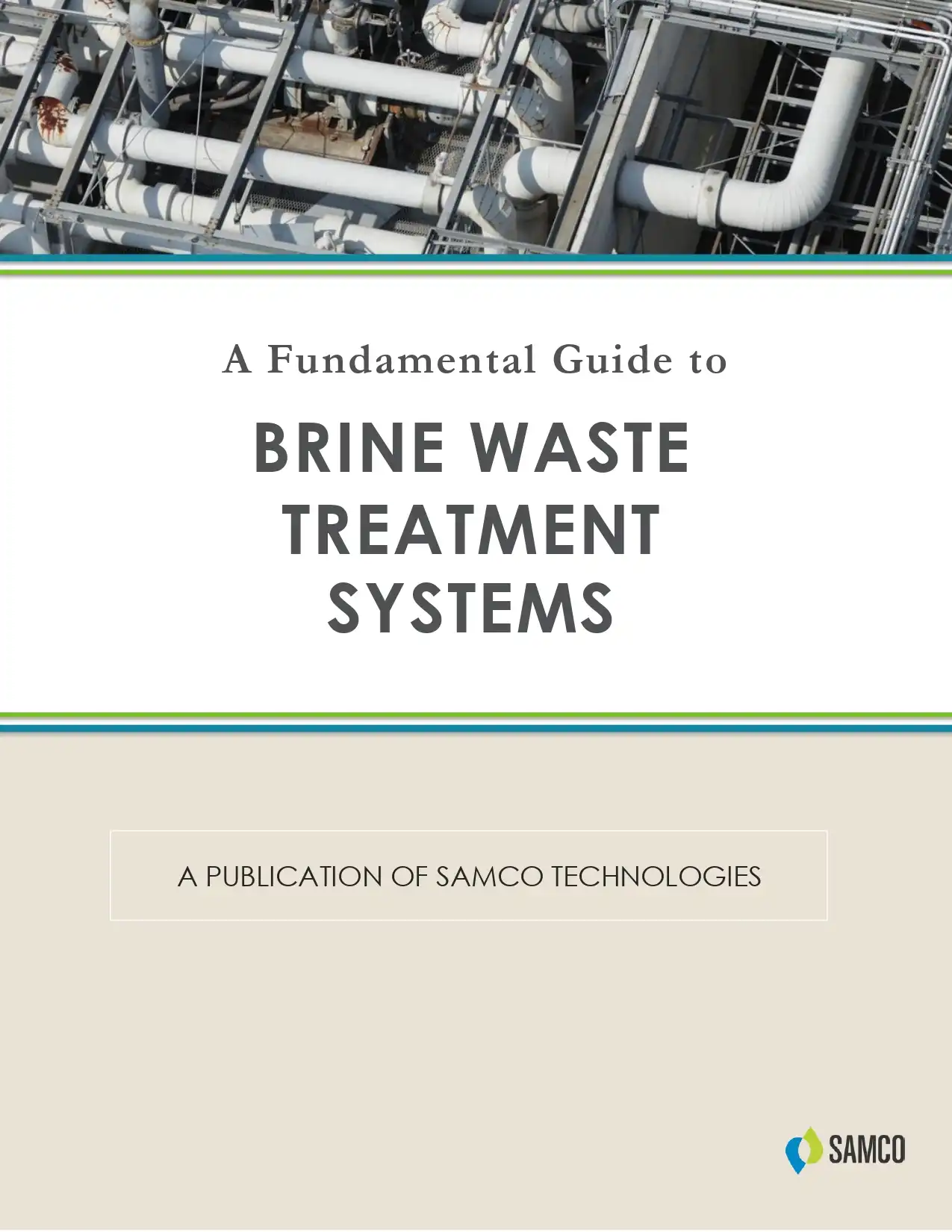
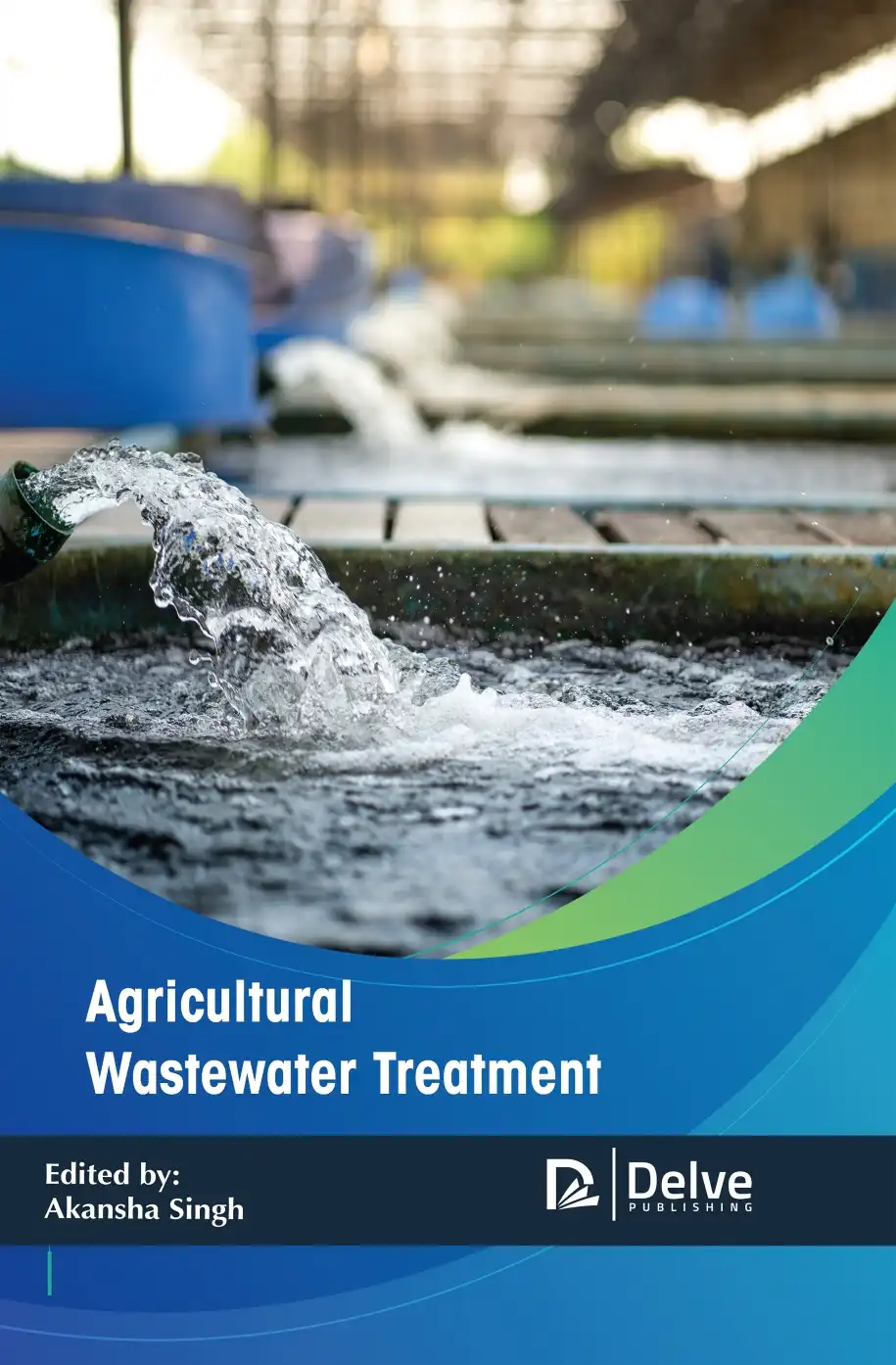
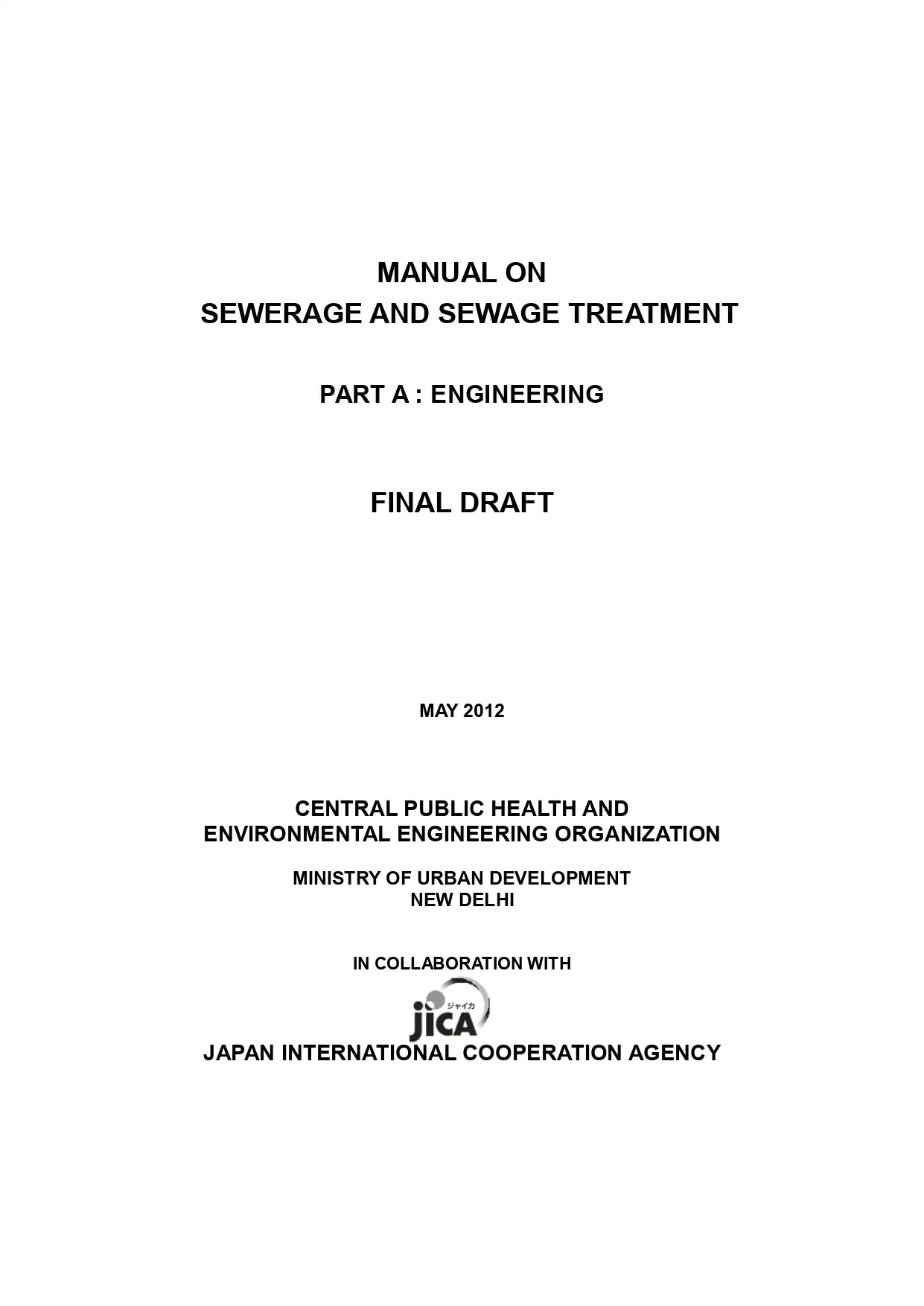
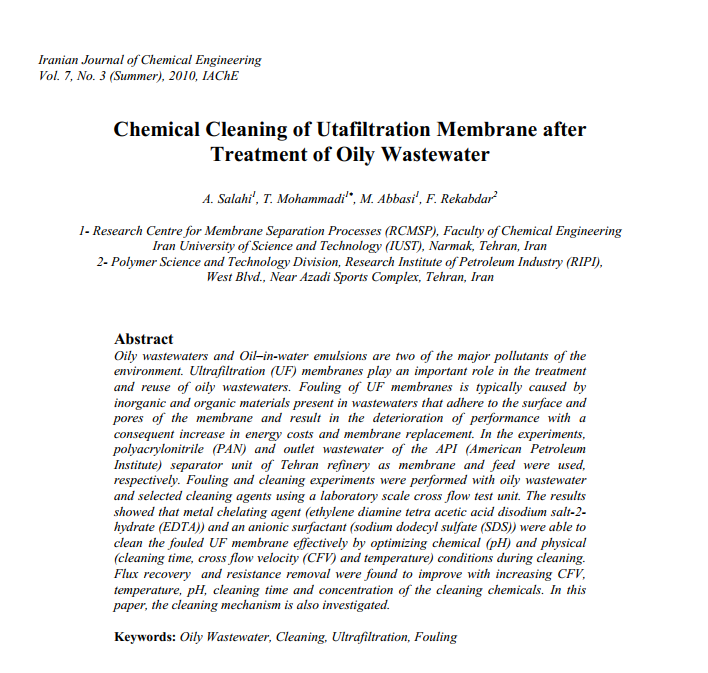
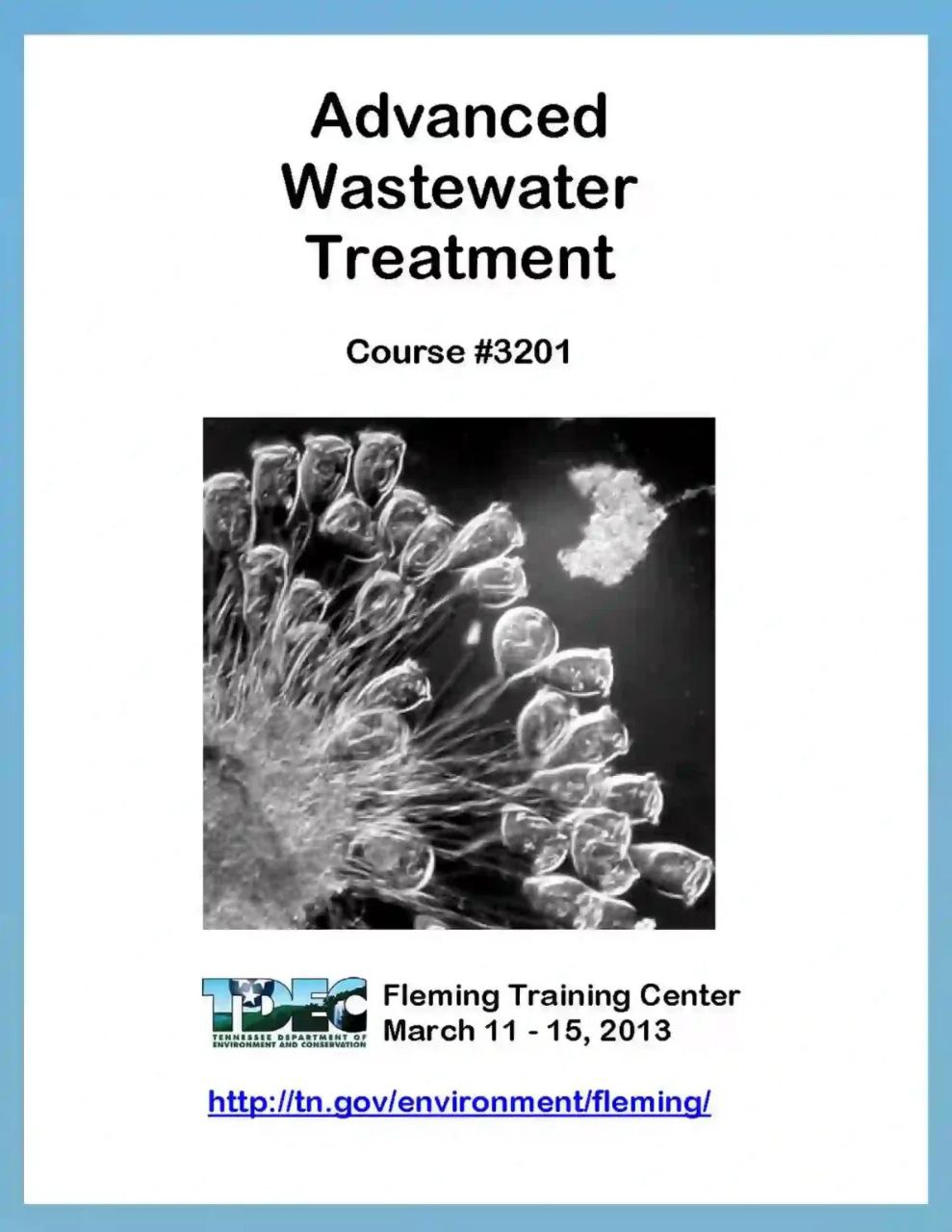

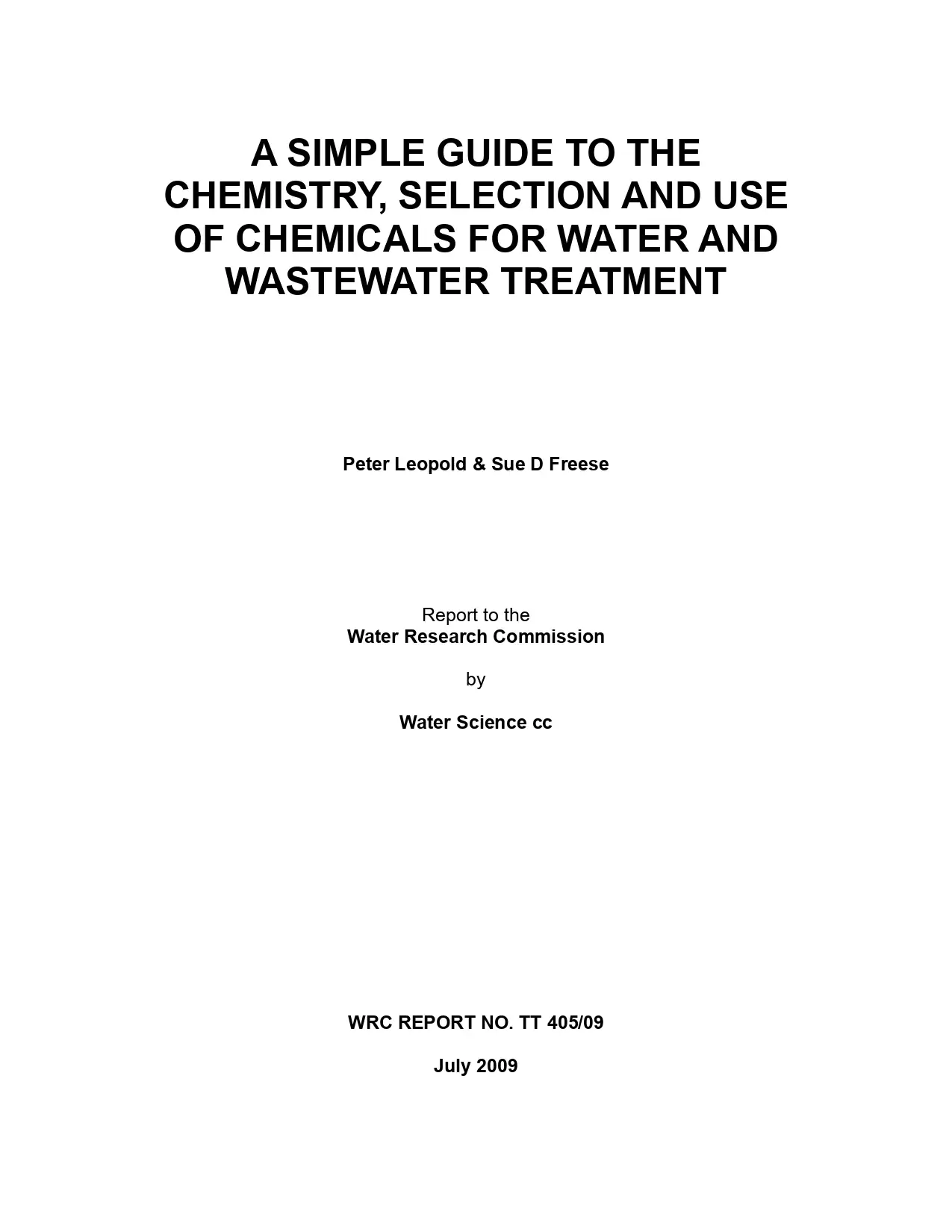
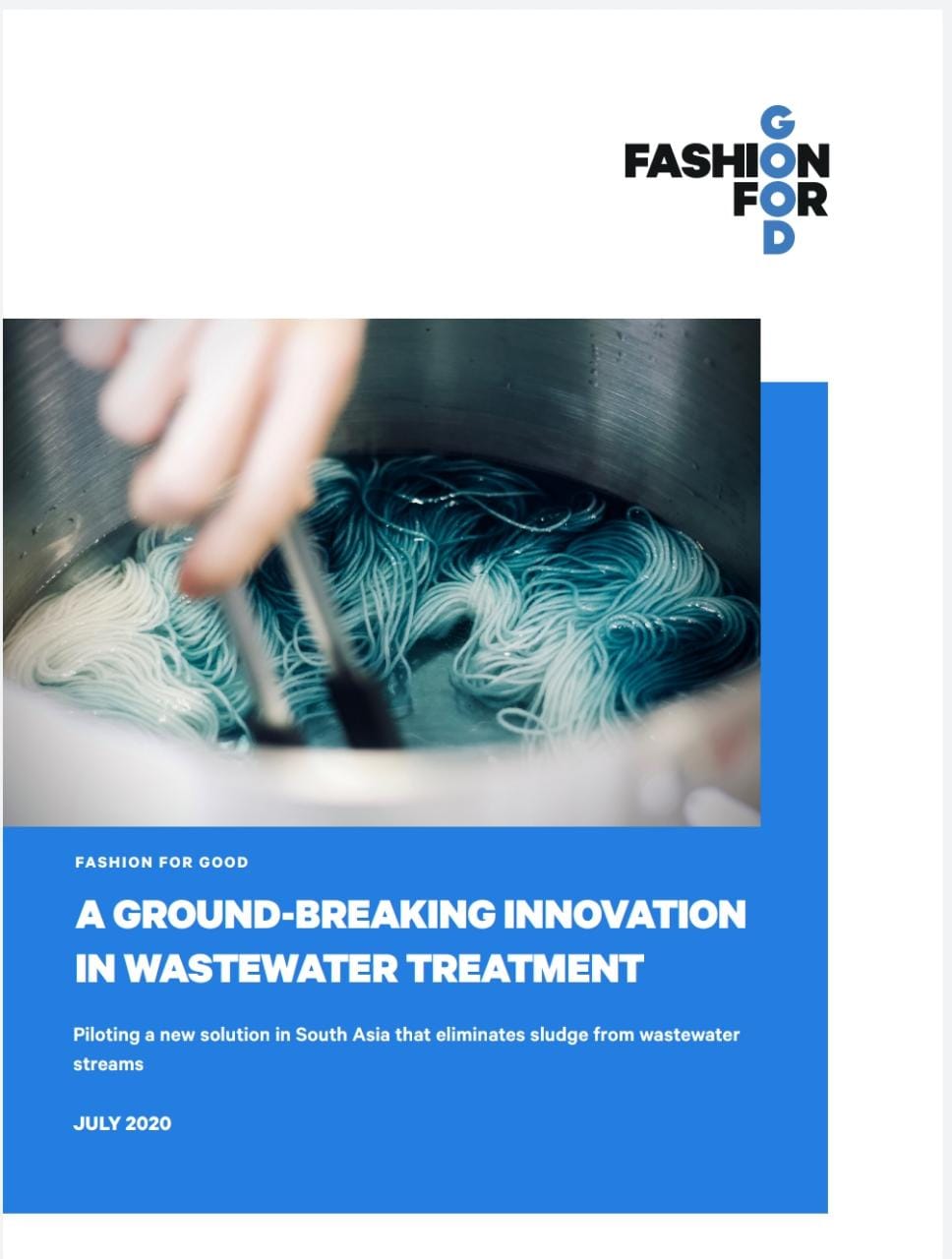
Reviews
There are no reviews yet.